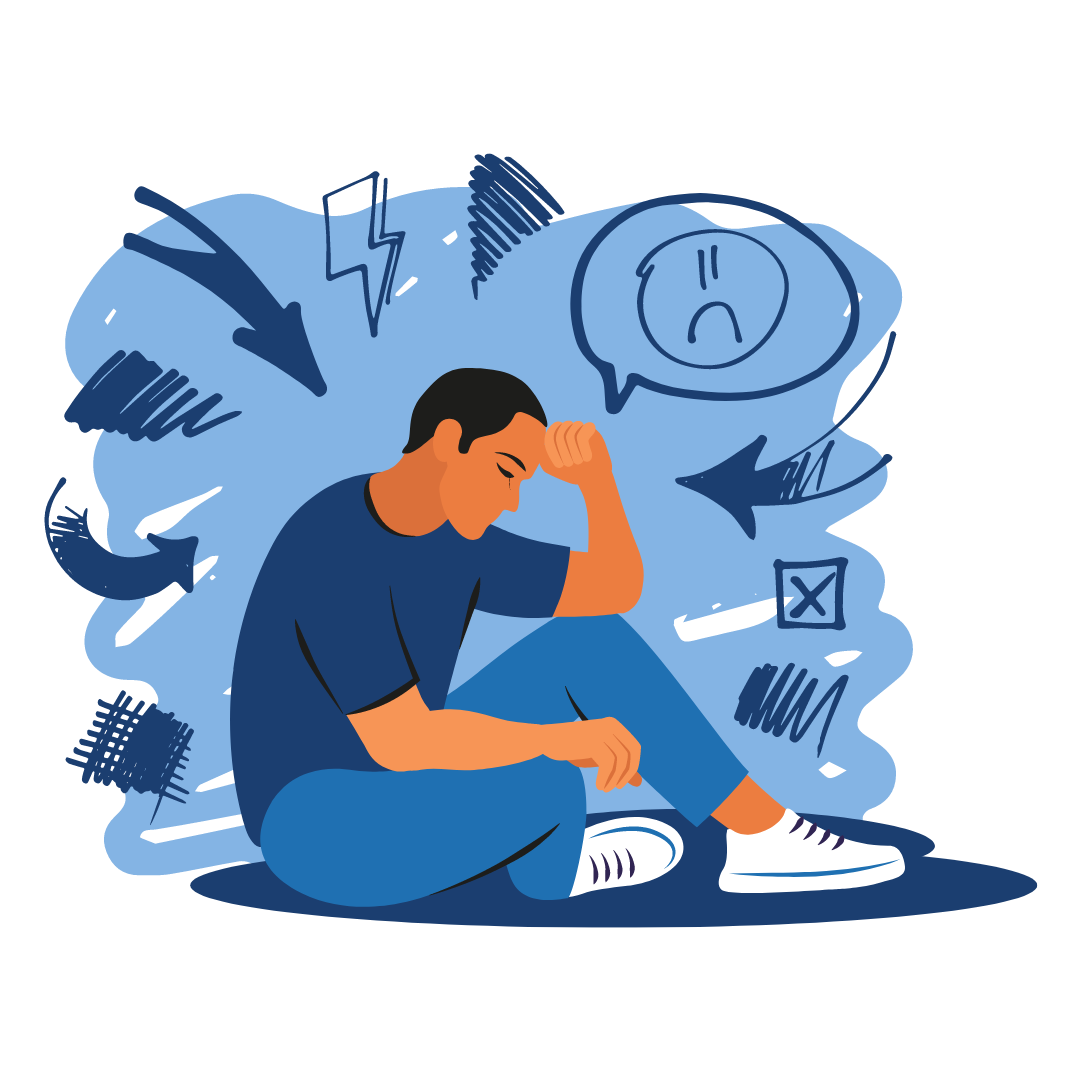Trauma is healable. The goal is to feel proud of who you are and to recognize how you survived difficulties to be able to make an impact in the world today. Managing trauma work and eating disorder treatment concurrently can be very emotional but they are often intertwined. Taking steps to recover from one aspect must be done keeping in mind the other. Often eating disorders can serve to try to protect the survivor by numbing feelings and keeping one’s mind occupied so as to be unable to think about intrusive thoughts and feelings. Eating disorders are a powerful way to distract oneself from pain that feels unbearable.
Trauma Recovery Timeline
It is very typical for people working on eating disorder recovery to create a trauma timeline. Have you done one yet? Take some time to write out the different times in your life and the different ages you have been, and think back on any eating disorder symptoms, negative body image, depression, anxiety and PTSD symptoms that you have had at different ages. Are there events correlated with these difficult times for you? Your own insights are important to help you have a compassionate understanding of your life and who you are. This activity can help you unravel trauma and the impact it has had on you and the ways it could be related to your eating disorder.
Talking With Others
Being able to process trauma is very important! Talking about what happened so that you don’t stay feeling trapped can be a powerful way to work on recovery. You can talk with loved ones who you trust and you can talk with a therapist. You can join a trauma group. Be sure to talk about trauma in a healing way. Realize that shame and worthlessness are NORMAL parts of dealing with trauma. Instead of letting those define you, work toward understanding what a good person you are and how to look at yourself with compassion and love.
When talking with others about your trauma, be aware of how you feel about their responses. It is important to give listeners feedback about what is helpful and unhelpful. Your loved ones need to have patience and the goal to help you learn to move forward from trauma. Saying “you need to move forward” won’t help though. You need to work through it over time.
Exposure
We tend to avoid trauma, and want to distract from it and never think about it. But somehow this can give it power and make us always think about it! Research shows that being able to think about the trauma and what it means about us and for us is a powerful way to heal. There are writing exposures where you write about what happened and exposures to reminders of the trauma or specific memories. The entire goal is to get out of the grip of trauma and not letting it run our lives or define us.
Being able to work on trauma in therapy is really important since therapists are specifically trained to work with these issues and help people get their lives back.
Eye movement desensitization and reprocessing, somatic experiencing and exposure therapy are all specific trauma therapies. And Dialectical Behavioral therapy is a special way to help get feelings under control, and this is especially true when recovering from trauma.
Find Meaning
Finding meaning is the core of recovery from the combination of eating disorders and PTSD. We find more positive ways to make sense of what happened and what it means about ourselves and the world. Look for what you did to survive and work to stop self-blame and shame. As we go through trauma we identify with feeling helpless and ashamed and we reverse these typical messages as our mind and body try to learn from it. We need to re-learn that the world is safe and we are capable and worthy. Set an intention to work on the idea that you are worthy and powerful and work on finding the meaning in your life again.
Self-compassion
Be patient and compassionate with yourself. Reversing the effects of trauma and an eating disorder are journeys in our life that can lead to learning to see how much we can love ourselves and become who we really want to be. As we overcome pain and misunderstandings we can grow in important ways. Be aware of how you are speaking to yourself, be encouraging and don’t give up! If you are having trouble with negative self-talk, it can be good to listen to what you are saying to yourself, write it down, and replace the harsh conversation with more positive and understanding ways of speaking. Consider what you might say to someone else.
Consider these ideas as you find the right therapy to help you put trauma into perspective, learn what you need to from it, and develop a healthy life once again. Take back your life after trauma.
Self-Help: Yes, there’s an app for this!
PTSD Coach is an app designed to help you monitor and manage symptoms on a daily basis. This self-help app empowers you to move forward with your PTSD recovery. This evidence based app was developed by the United States Veterans Administration and is free to everyone.
Don’t forget the ANAD Helpline and Support Groups are available to anyone struggling with an eating disorder. Additional trauma-specific resources can be found at Mental Health America.
